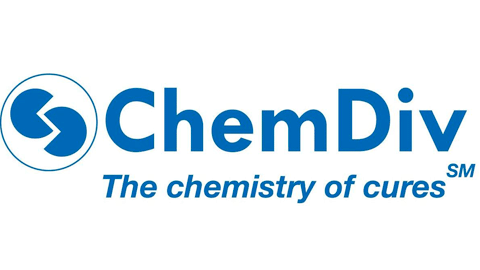PI3 KINASE: PICKING THE RIGHT LETTERS OUT OF THE ALPHABET SOUP

Compared to some of the other big targets in drug discovery, PI3 kinase (PI3K) inhibition is clinically advanced. There are dozens of PI3K targeting drugs in clinical trials, and more than a thousand inhibitors have been described in the scientific literature. Even with all that activity, though, there is plenty of room left to grow for this class of inhibitors. The family is best known as a target in cancer. At the 2013 ASCO meeting, Daniel Cho of the Beth Israel Deaconess Medical Center said its deregulation is “likely relevant to almost every single cancer” because so important. PI3 kinase signaling is deregulated in the majority of cancers, including most of the most common ones. The three PI3k inhibitors that have made it to phase III in the clinic to date –buparlisib, duvelisib, and idelalisib – are all being tested as anticancer agents. Research published in June, in fact, may further drive the search for such inhibitors, because it suggests that inhibiting certain subtypes of PI3K synergizes with what is currently one of the hottest trends in cancer research: immunotherapies. In a study published in Nature, scientists from the British University College London described that treatment with a PI3K inhibitor broke immune tolerance to cancer. Such immune tolerance, in which the immune system learns to ignore tumor cells, is one of the key obstacles to the more widespread success of cancer immunotherapy.“PI3K” is sometimes used in the singular, but in fact, the PI3 kinases are a group of eight enzymes that can be sorted into three classes. In general, a PI3K is made up of a catalytic subunit, which does the phosphorylation, and a regulatory subunit. The catalytic subunit, or p110, of class 1 PI3Ks can be of four different types, or isoforms, α,β,γ, and δ. In the work recently reported in Nature, the scientists targeted the δ isoform of the p110 catalytic subunit.Different drugs target different isoforms. In addition, there are other kinases that have structural similarities to PI3K, and they, too, can be shut down by the right “PI3K” inhibitor.What at first blush seems like a recipe for off-target effects can, with a thorough understanding of the relationship between different isoforms and the inhibitors that target them, be used to match the pattern of inhibition to what is needed for a specific task.ChemDiv’s PI3K targeted Libraries:• TK Targeted Library• PI3K-Targeted LibraryFor example, PI3K was shown to play a role several years ago in metabolic signaling. It is intimately connected with another kinase, mTOR, which senses the nutrient status of a cell and sets of growth decision signaling based on its input. Several early PI3 kinase inhibitors, in fact, were later found to be dual PI3kinase inhibitors because not only are the two kinases’ signaling pathways similar –their kinase domains are, too.July 25, 2014 / BlogSee the complete list of ChemDiv libraries
